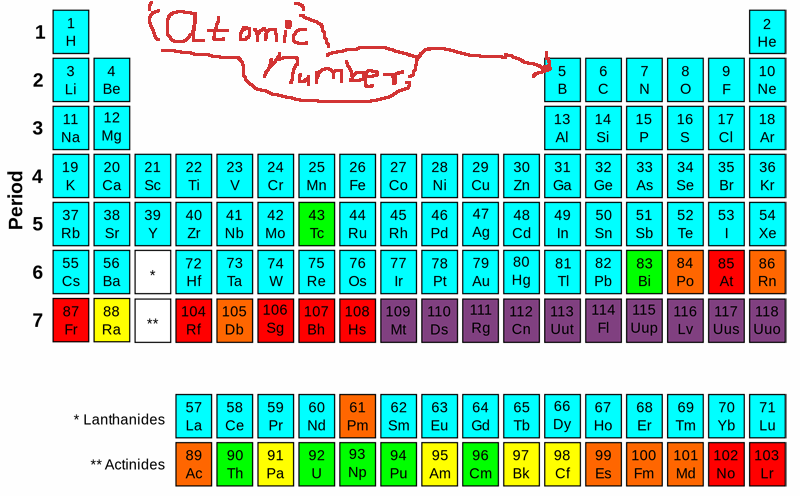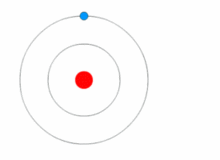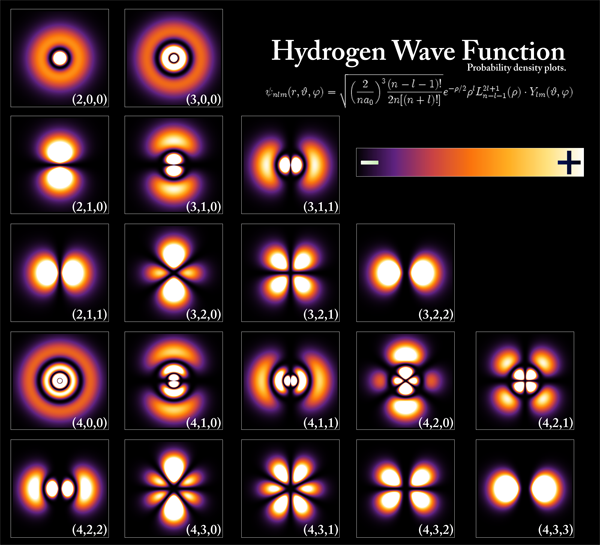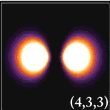Quantum Mechanics |
OVH MAGIC CITY | E(de) = A + B + C | |
Quantum Mechanics (QM) also known as Quantum Physics or Quantum Theory, is the science of the very small: the body of scientific principles that explains the behaviour of matter and its interactions with energy on the scale of atoms and subatomic particles. Quantum Mechanics is a branch of physics concerned with processes involving Atoms and Photons. |
|||
What is an ATOM? |
OVH MAGIC CITY | E(de) = A + B + C | |
Atom is a basic unit of matter that consists of sub-atomic particles such as Nucleus surrounded by negatively charged Electrons around them.  The Nucleus is then also composed of few other sub-atomic particles i.e. positively charged Protons and electrically neutral Neutrons glued together by force carriers called Gluons. There is an exception in the case of Hydrogen-1, which is the only stable nuclide with no neutrons. Protons & Neutrons are also composed of other sub-atomic fundamental particles called Quarks also held together by Gluons. Concludion: -:- Funamental Particles: Electrons & Quarks -:- Funamental Force Carriers: Gluons |
|||
What is a PROTON? |
OVH MAGIC CITY | E(de) = A + B + C | |
Note that in an Atom, about 99.94% of an atom's mass is in the nucleus which is mostly the number of Protons. So Atoms are the building blocks of Elements of all substances in life. So every elements is defined by the number of Protons in its atoms and hence the birth of a Periodic Table. NB: The Atomic Number of an element is defined as the number Protons an atom of an element contains.  |
|||
Bohr Model: |
OVH MAGIC CITY | E(de) = A + B + C | |
The Bohr Model of the atom, with an electron making instantaneous Quantum Leaps from one orbit to another.  |
|||
Hydrongen Wave Function: |
|||
   |
|||
-: OVH Laboratory |
| » Quantum Mechanics |
| » Electronics & Robotics |
| » ADC Experiment |
| » Astronomy & Physics |
-: Research Projects |
| » OVH Server Basement |
| » OVH Health Management System |
| » Farm Case Management System |
| » OVH System Tray |
| » Validation Matrix |
-: Community Based Projects |
| » Commac Cup Tournaments |
| » CC. Football Tournament |
| » CC. Golf Tournament |
| » UCT Hip Hop Club |
| » Anone Primary School |
-: Distribution Partners |
| » SHAWCO - UCT |
| » TSHIMBONI - VENDA |
-: Associative Research Partners |
| » UCT - Computer Science Department |
| » Stanford University |

